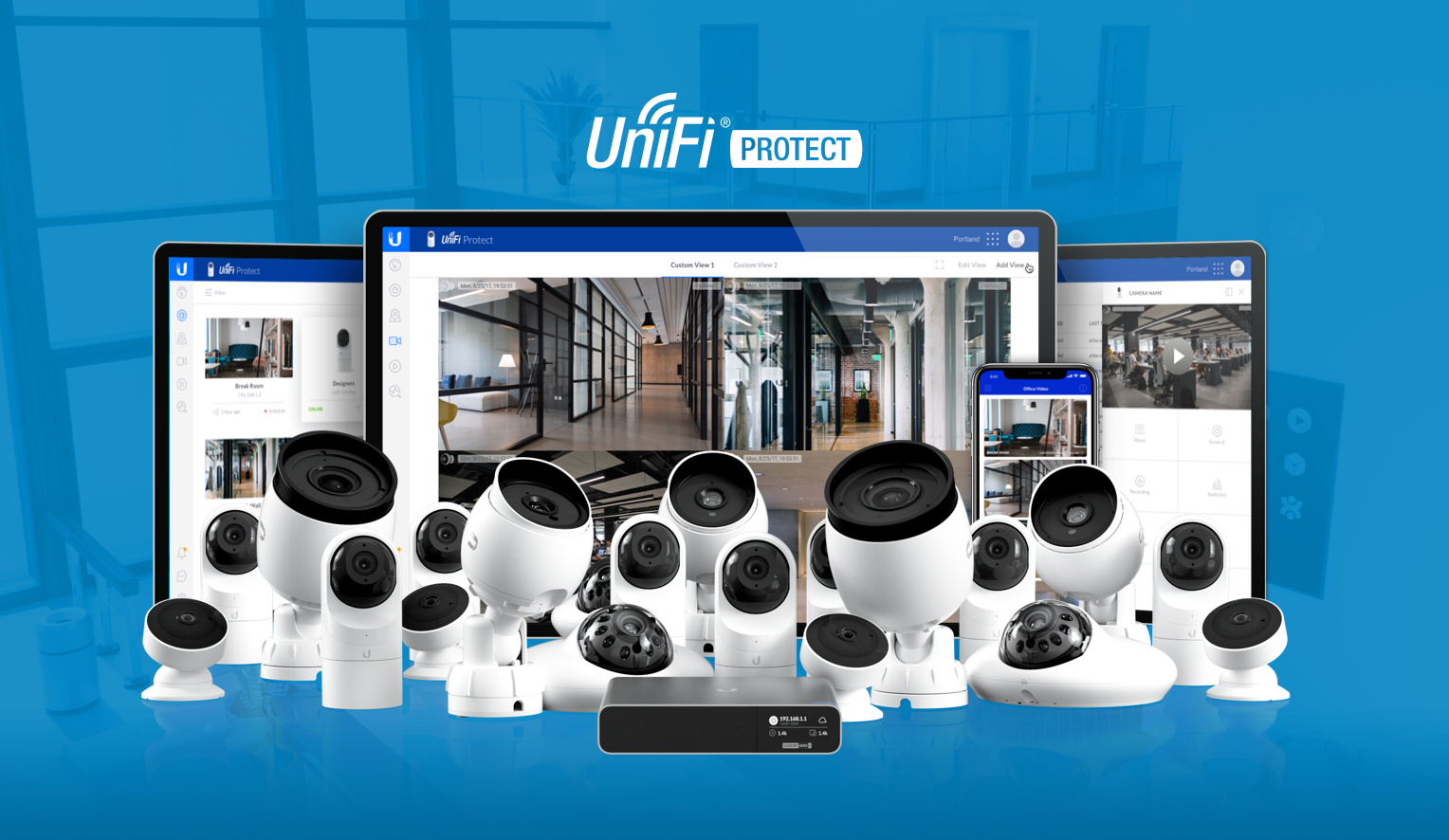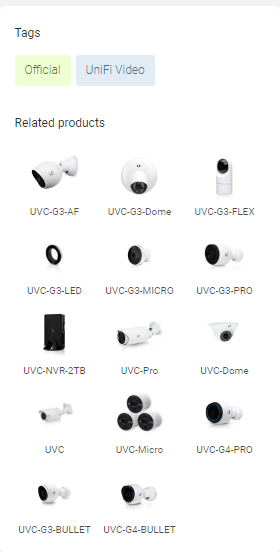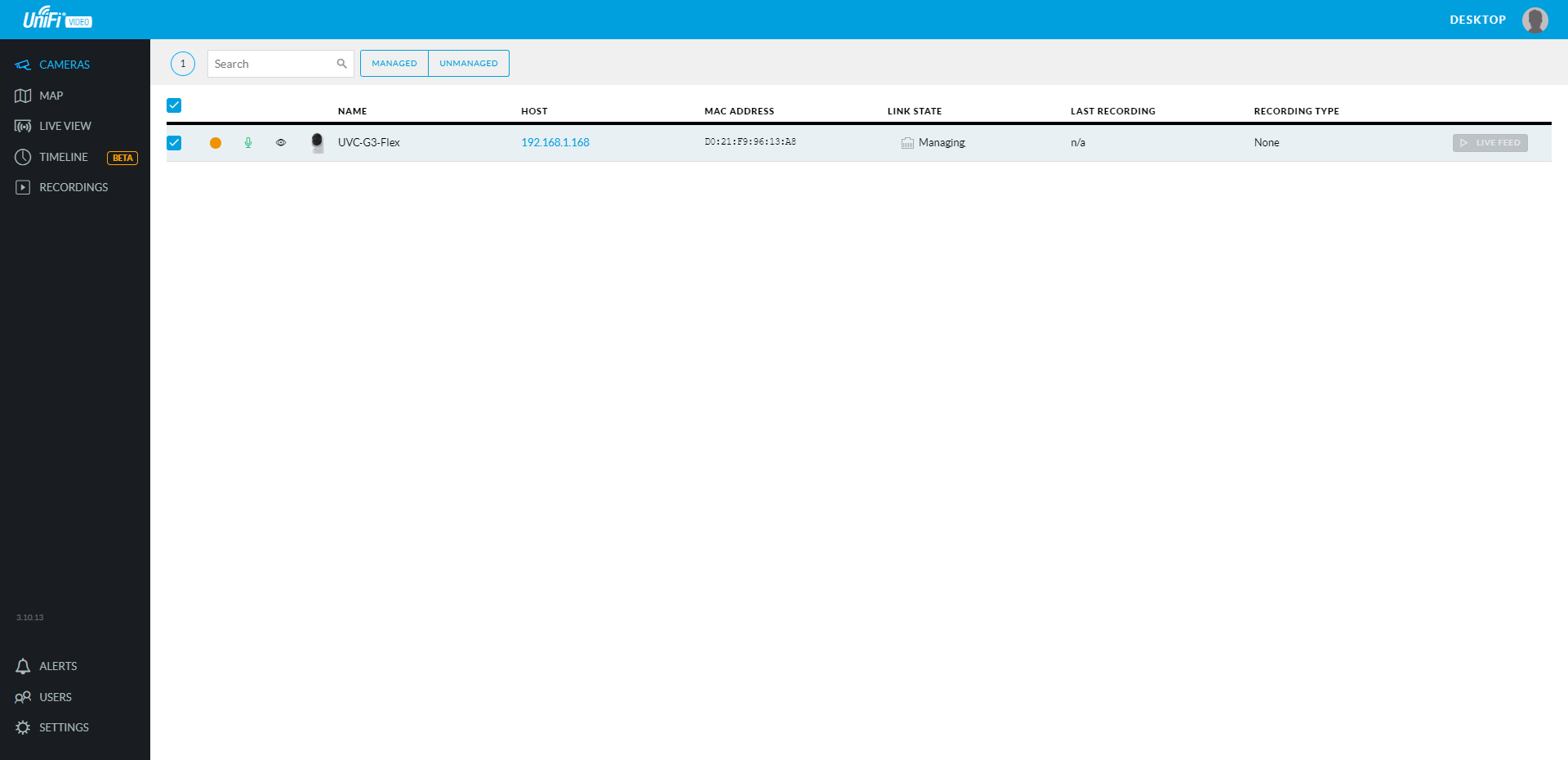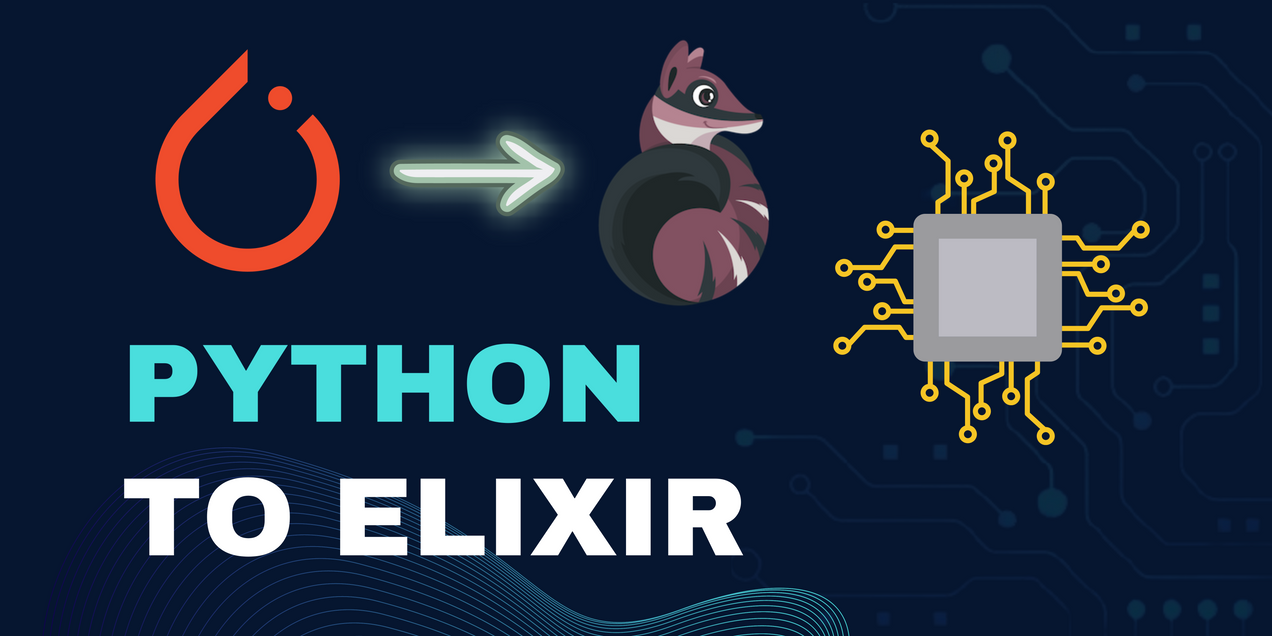
Using UniFi Cameras Without UniFi Protect
Introduction
In this post, I will explain how I integrated my Unifi Camera G3 Flex into my home NVR (Frigate NVR Running on Home Assistant OS) without Unifi Protect, using an RTSP stream. Unifi Protect cameras are a line of surveillance cameras from Unifi which are a part of their Protect NVR ecosystem. The Protect ecosystem relies on UniFi's Protect application which is closed-source and only runs on select UniFi proprietary hardware such as the UniFi NVR, NVR Pro, Cloud Key Gen2 Plus, or Dream Machine series of hardware. If you already own one of these pieces of hardware you most likely do not need this tutorial, but for those like myself who would like to use a UniFi Protect Camera without their Protect NVR (such as myself as I am running Frigate NVR), this tutorial should help and prove to not be too complicated.
I would like to caveat this tutorial by saying that there are plenty of good options for IP cameras outside of the UniFi Protect line of cameras. These cameras do carry a premium due to their brand and the fact that Protect NVR has no license fee, so UniFi needs to make money on their hardware while other NVRs can make money from license fees. That is to say that you should only proceed with this setup if you just so happen to have a UniFi Protect camera or if they have a unique feature that you cannot find from other cameras in a similar price range. For example, the UniFi G3 Flex camera is unique in that it has a multitude of different mounting options, has great night vision support, and has a sleek form factor that looks appropriate inside my home.
Additionally, I have only tested this with the G3 Flex camera, but I suspect that this method would work with any G3 series of cameras or any camera that ships with similar firmware as the G3 Flex, since this method relies on the camera's firmware still running a UniFi Video (which is now obsolete and has been succeeded by UniFi Protect) web client.
Setup UniFi Video
UniFi Video was the predecessor to UniFi Protect. UniFi Video was made available as a downloadable server application that could be hosted on the end user's own hardware, as opposed to UniFi Protect which only runs on select proprietary Protect hardware and has no available software download. Fortunately, the G3 Flex still ships with firmware that automatically runs a UniFi Video client upon startup. So what you must do is download the UniFi Video Client Web App for your appropriate system. The last version of UniFi Video can still be found here towards the bottom of the post under "Download Links".

For what it's worth, these are the products listed as related to UniFi video from the above webpage, so these might support this method.
Make sure that your camera has an IP Address on the same subnet as the computer you start the UniFi Video software from so that UniFi video can auto-discover your camera. Open the UniFi Video web app (defaults to https://127.0.0.1:7443) and you should be prompted with a Login page. Login with the default credentials of root / ubnt and you should now see the UniFi Video dashboard. If your camera is on the same network as your computer, then you should see the camera automatically discovered and showing in the dashboard. From here, you can stop and continue to use the UniFi Video as your NVR solution, or you can keep reading to see how to move your cameras to standalone ("unmanaged") mode.

Set Camera to Standalone
The last steps are to set the camera to standalone mode. You can see from the above image that the cameras default to a Link State of Managing, meaning that the cameras are being managed by the UniFi Video NVR, whereas we would like to change it to being unmanaged so that it outputs an RTSP stream that any NVR can subscribe to. You start by clicking on the camera in the dashboard and clicking the Manage button on the right panel that pops up. Then click on Unmanage. Now you can log into the camera itself using the default credentials of ubnt/ubnt (you cannot login using these credentials while the camera is Managed). Click the link in the dashboard or navigate on your own to the IP Address of you camera. This should lead you to a Login page where you login using the aforementioned default credentials. From there, you will see that the Mode the camera is in is UniFi Video. You need to change that to Standalone. Now you will have to wait for the camera to reboot, and when you log back into the camera through its web app you should now see its RTSP URL when you scroll down. From this page, you can also change the settings of the camera such as its resolution, NTP server (which you might need to set up now that it is unmanaged), timestamps, etc. These changes will be reflected in the output stream that it streams at its RTSP URL. Please see the video below for a quick walkthrough of how to change to standalone.
Now that you have the RTSP URL, you can use this camera across any NVR that accepts RTSP streams and should not have to use the UniFi Video software again for this camera. You can still log into the camera through its IP Address and update its settings through the web app.



